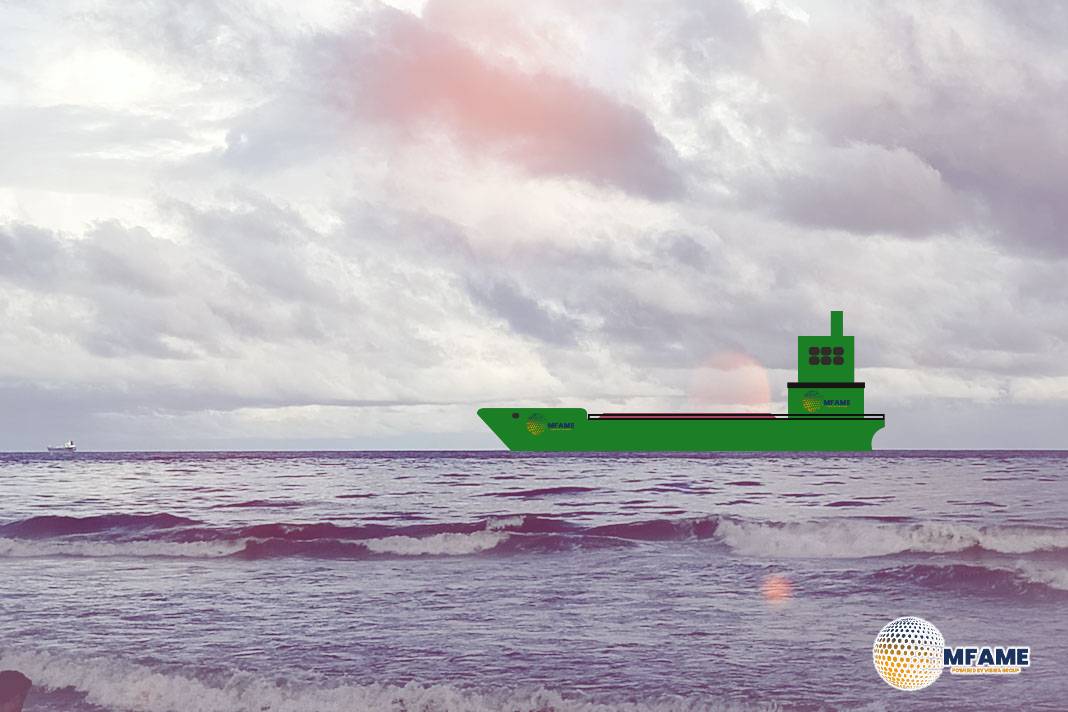The global cap for sulphur content in bunker fuel under MARPOL Annex VI is 0.50% m/m. Compliance is formally verified using three MARPOL-designated samples, each subject to different standards, though Port State Control (PSC) maintains discretion.
MARPOL-Delivered Sample
This sample represents the fuel as delivered to the ship and is subject to the strictest verification test.
- Hard Limit: The average of two valid subsamples’ test results must not exceed 0.50% m/m.
- Enforcement: There is no allowance for the test method’s Reproducibility (R) margin. Any result over the 0.50% limit is treated as non-compliant.
- Requirements: Taken continuously at the receiving ship’s inlet bunker manifold during delivery and must be retained onboard for at least 12 months.
In-Use and Onboard Samples
These samples are taken from the ship’s fuel system (downstream of the service tank) and are subject to a small statistical allowance due to potential sampling variability.
- Allowance: A margin is allowed up to 0.53% m/m sulphur content, which incorporates the 95% confidence interval using the reproducibility (R) of the test method (0.50% + 0.59R).
- Enforcement Caution: Despite this allowance, PSC inspectors may still choose to act on any test result that exceeds 0.50% based on a strict interpretation of MARPOL.
Key Concepts in Test Precision
ISO 4259 introduces two key statistical concepts to account for inherent uncertainty in fuel oil testing methods, mainly used for resolving commercial disputes (as referenced in ISO 8217:2024).
Repeatability (r)
The maximum acceptable difference between two test results obtained by the same laboratory on the same sample. It measures a lab’s internal consistency.
Reproducibility (R)
The maximum acceptable difference between test results obtained by different accredited laboratories on the same sample. It accounts for natural variability between different testing environments.
Independent Testing vs. MARPOL Enforcement
Independent testing results obtained by shipowners are for internal quality control and monitoring and do not formally confirm non-compliance with MARPOL Annex VI; only the three MARPOL-designated samples are used for formal determination.
Functions of Independent Test Results
- Supporting early detection of potential compliance issues.
- Guiding operational decisions (e.g., segregation of suspect fuel, suspension of use).
- Triggering further investigation, sampling, and/or testing.
- Serving as supporting evidence in commercial claims or negotiations.
Checklist for Independent Test Results
- Do Not Panic: Independent results are not automatically enforceable under MARPOL.
- Re-sampling and Re-testing: Consider immediately re-testing the existing sample, ideally at a different accredited laboratory. Re-sampling (from the ship’s system as an in-use or onboard sample) can help assess if the entire fuel batch is off-spec.
- Preserve the MARPOL-Delivered Sample: Do not unseal or test the MARPOL-delivered sample without explicit PSC or flag state authority approval. Tampering with the seal or testing it without supervision is a serious procedural violation.
- Confirm Documentation: Ensure all records, including the Bunker Delivery Note (BDN), retained samples, chain of custody forms, and seal numbers, are properly maintained and securely stored for use in a commercial dispute or PSC inspection.
- Highlight Observations: Record any observations from the bunkering or sampling process (e.g., non-homogeneous fuel) that could impact the representativeness or reliability of the test results.
Did you subscribe to our daily Newsletter?
It’s Free Click here to Subscribe!
Source: Britannia P&I Club

















